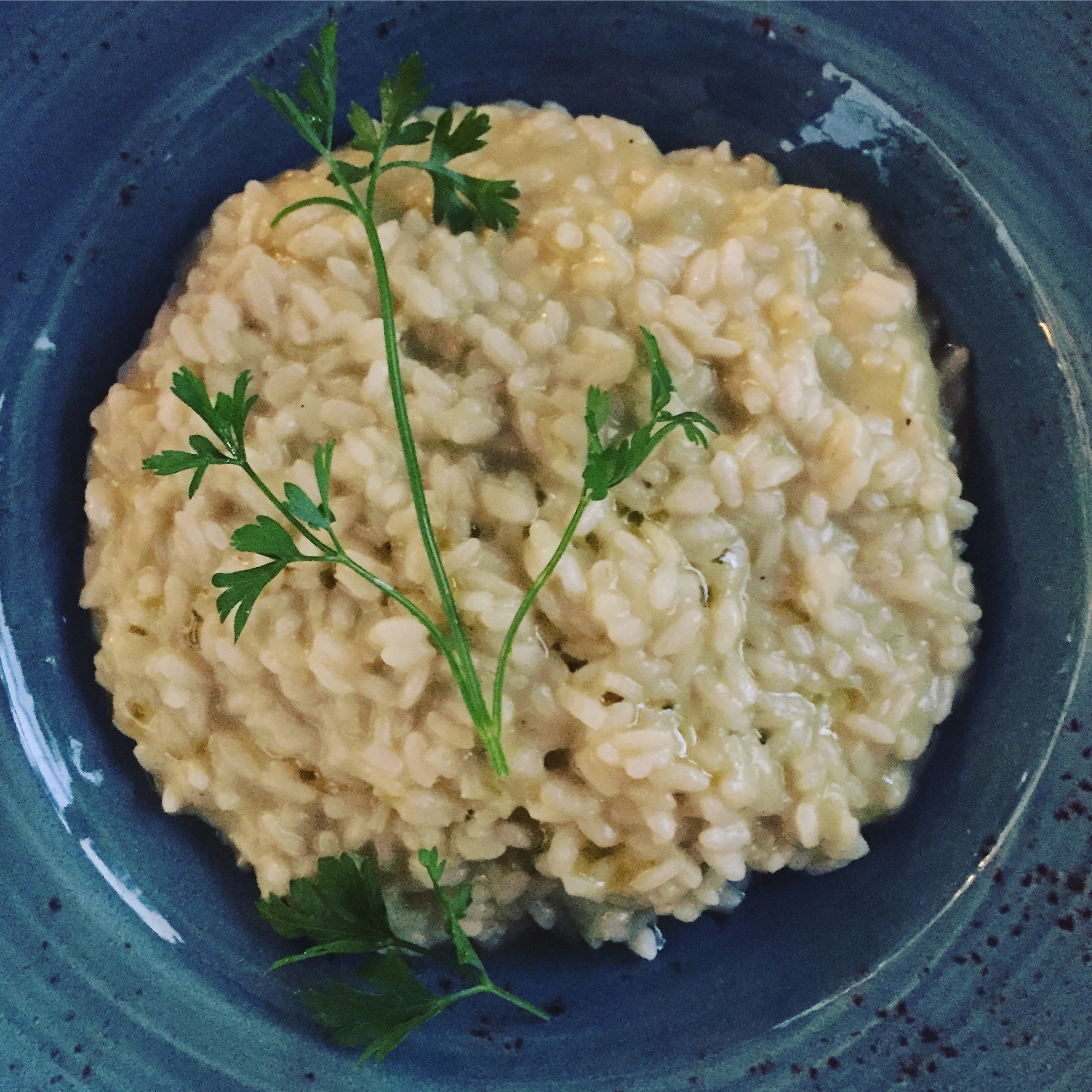So. There it is. A ‘diagnosis’, a ‘treatment plan’, an answer? Gluten Sensitivity. Gluten Free. Now what? What does this mean? How will this change how we live our lives?
What is Gluten?
Gluten is a protein that is found in some grains, providing elasticity to breads and cakes. Gluten free wholegrains and grain-like substitutes are a great option as many still provide fibre, B vitamins, magnesium, vitamin E such as quinoa, teff, buckwheat even boast a greater protein content than their gluten-containing buddies.
Gluten can pose an issue to people who suffer from Coeliac Disease, an autoimmune condition that causes wasting of the intestinal vili (lining), reducing the surface area that increases opportunity for absorption of nutrients such as iron, calcium and vitamin D. Coeliac Disease is a serious condition that can cause a range of symptoms such as abdominal pain, bloating, changes in bowel movements, nausea and headaches. It is important to consult your health practitioner to rule this out, Non-Coeliac Gluten Sensitivity (NCGS) can have similar symptoms to Coeliac Disease, still causing inflammation and irritation to the gut. Whilst NGCS is not an autoimmune condition in itself, gluten can exacerbate autoimmune conditions, skin conditions, mood disorders and weight gain.
Eating Gluten Free
Of all the amazing foods that we have access to, gluten is found in one small part. Grains. And not even all grains, just the gluten containing ones. It’s easy to fall into the gluten free whirlwind, particularly with so much information out there.
The ‘Gluten Free’ label doesn’t necessarily mean ‘healthy’. Often, inferior packaged gluten free foods can be supplemented with fats, sugars, flavours, colours and salt to mimic the taste and texture for wheat-based products.
| Gluten Containing
Grains |
Gluten Free Grains |
| Wheat
Spelt Barley Rye Triticale Farro Kamut Durum Bulgar Cous Cous Semolina |
Quinoa
Rice Buckwheat Corn Teff Buckwheat Millet Amaranth Arrowroot Tapioca Soy |
Pantry Swaps
Changing your recipe repertoire can be challenging, particularly after years, or even generations of favourite foods and memories. Whilst the flavours of certain meals will change, there are often many great substitutions that can take the place of gluten-containing foods. We’ve put together a list of pantry swaps to show you how easy it can be! Check out our recipe page for more inspiration.
| Pasta | · serve pasta sauces with rice, quinoa, zucchini zoodles, mashed or baked vegies such as potato, sweet potato
· make pasta bakes with cauliflower, broccoli, potato, sweet potato, eggplant, zucchini, · add a handful of quinoa or rice into soups instead of pasta
|
| Bread | · wrap fillings in sturdy leafy greens such as lettuce or cabbage
· run sheets of rice paper under the tap to soften (we love wrapping leftover taco mince with cheese and lettuce, leftover sang choy bao mix and lettuce, Bolognese sauce and spinach!) · toast slices of sweet potato for a nutrient dense ‘toast’ · bake your own nut and seed bread, or try coconut flour · experiment with some good quality, wholegrain gluten free breads · bake your own cauliflower bread
|
| Noodles | · zucchini or sweet potato ‘zoodles’
· brown rice vermicelli · soba noodles (100% buckwheat) · spaghetti squash
|
| Dumplings | · roll dumpling filling into balls and pan fry to serve in soups or with rice
|
| Cakes, muffins & biscuits | · try gluten free flours such as coconut, chickpea, teff, quinoa, rice, oat, almond or hazelnut meal
· some flours behave differently to regular wheat flour, be sure to check the recipe for instructions if you’re experimenting |
| Pancakes | · blend oats, banana and egg for a quick substitute
· try gluten free flours such as coconut, chickpea, teff, quinoa, rice, oat, almond or hazelnut meal |
| Fritters | · swap flour for chickpea, teff, buckwheat or quinoa flour.
· mash chickpeas, lentils or beans with vegetables such as sweet potato or pumpkin and bind with egg or flaxmeal. |
If you are struggling with symptoms or a new health discovery, book an appointment today so we can support you back to health.

